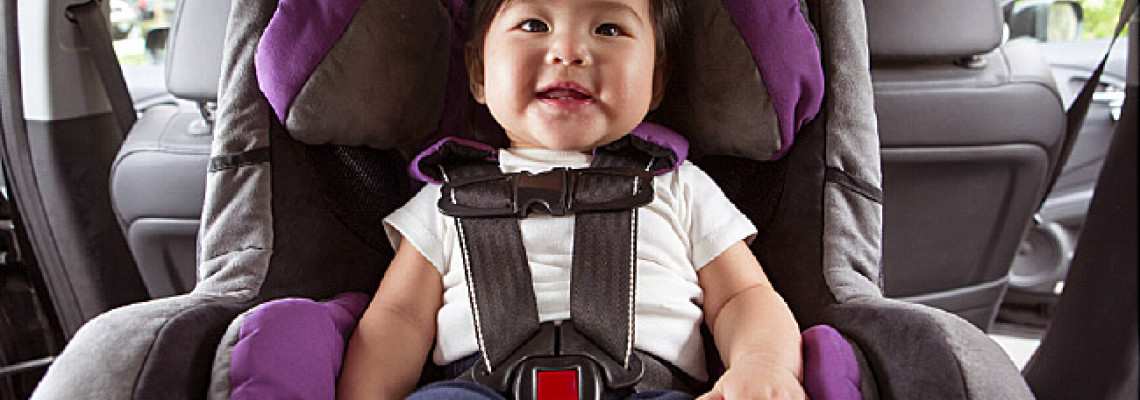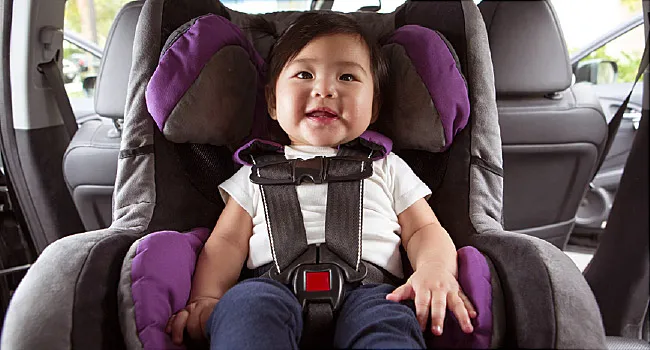
Tips to Protect Your Baby
September is Baby Safety Month. It is a great month to share childproofing and home safety tips to prevent injuries in your home! We are pleased to share important safety tips to keep your little ones safe, here at Pastel Monkey.
As a parent, the health and safety of your baby is undoubtedly your number one priority and it can often seem like there's an endless array of considerations to take into account when it comes to bringing up your bundle of joy. But there's no need to feel overwhelmed, because we've got you covered with our comprehensive health and safety range, designed to help you take great care of your little one and enjoy complete peace of mind that they're happy, safe and secure at all times. From health accessories to home safety precautions such as guards and rails, and a host of other baby essentials, you'll find everything you could possibly need right here.
Pastel Monkey also offers baby monitors and gps tracker products to help ensure your baby is safe in every situation.
As soon as your baby starts crawling and rolling, you need to guard them from numerous household dangers by childproofing your home. Children are curious about the world around them but aren't aware of things that might pose safety hazards, so it's up to you to make sure there aren't any around the house. Some of the essential pieces of safety equipment that you can use to protect your baby from common hazards include safety gates for the top and bottom of the stairs, outlet covers for all the exposed outlets in the house, toilet seat locks, and cupboard and drawer latches. If the gaps between banisters or balcony railings are more than 6. 5cm (2. 5 inches) wide, cover them with boards or safety netting.
Baby carriers come in many different forms like backpacks, slings, etc. These are a “lifesaver” when you have a baby. It frees up your arms to do other things. Here are some safety tips on baby carriers: if you are considering using a sling to carry your baby, be sure you don’t use a sling that presses the baby’s chin to their chest. This can cause them to stop breathing.
The use of baby slings and baby carriers (worn by the caregiver) has led to serious injuries, and in some cases, the death of babies in canada. Slings and carriers can pose safety risks. Premature babies, babies under 4 months of age or those who have pre-existing medical conditions, such as a cold, are especially at risk of suffocation. Consult a health care professional before using a sling with a premature baby.
Baby Safety in the Car

Always use a federally approved car safety seat when traveling in a motor vehicle. Carefully read safety seat instructions to ensure that the seat has been properly installed. Never carry your infant in your lap while you ride in a car. For the first two years of a baby's life, car seats should face the rear of the vehicle. The safest location for the car seat is the middle of the back seat.
There are a wide array of safety gates, so you’ll be able to find the design that complements your home best, including decorative metal, bronze, steel and wood. You’ll also find various styles of baby gates to meet your needs. Choose from auto close, quick install, extra-wide extending and other types of gates. Some feature sleek, modern designs and both one-way opening for stairs and two-way opening for doorways.
Explore other publications and websites about bathing an infant - bath time can be fun but you need to be very careful with your child around water. You want to look for ways to prevent bathing accidents.
Baby Safety, Smoking and Fire Safety
Never smoke inside the house where the toxic chemicals found in second-hand cigarette smoke could be inhaled by your baby. Even when you smoke outside, the chemicals can stick to your clothes and affect your baby’s health. The best thing you can do for your baby’s safety is quit smoking right away.
Baby Crawling and Walking Safety

The most effective way to ensure your baby's safety is to take a baby's-eye view of your home. Get down on your hands and knees and see how things look from down there. What's within reach? what looks tempting? where would you go if you could crawl, toddle, or walk? this will help you figure out which cupboards, drawers, and other spaces your child might get into. As he starts walking and climbing, you'll have to reevaluate again, looking higher each time.
If baby proofing involves all of the safety measures that you take before you bring home your baby, then childproofing includes all that you want to do before your baby gets mobile. Most of these things should be done as early as possible and by the time your infant is five or six months old. That way, you can be sure your baby is safe before he starts crawling and walking.
Once your baby is around 7-12 months old, they’ll start to experiment with walking. Every baby is different. Some skip crawling all together and go right into walking while others take their time — so it’s important to be prepared with the right baby gates for your home.
As a parent, the health and safety of your baby is undoubtedly your number one priority and it can often seem like there's an endless array of considerations to take into account when it comes to bringing up your bundle of joy. But there's no need to feel overwhelmed, because we've got you covered with our comprehensive health and safety range, designed to help you take great care of your little one and enjoy complete peace of mind that they're happy, safe and secure at all times. From health accessories to home safety precautions such as guards and rails, and a host of other baby essentials, you'll find everything you could possibly need right here.
Sudden Infant Death Syndrome (SIDS) is the leading cause of death for babies between 1 month and 1 year of age, with most sids deaths occurring between one and four months, according to the national institutes of health. "back to sleep" has become the slogan used to help new parents remember to put babies to bed on their backs. "sleeping on their backs has already significantly lowered the incidence of sids," says Dr. Tom Hurt, a pediatrician in Tacoma. "When babies can roll, they will assume the position they prefer; but by then, the issue isn't as critical, because they are able to move their heads and avoid breathing problems by themselves." for complete baby safety precautions, experts recommend keeping pillows, comforters and other soft bedding out of the crib when baby is sleeping to prevent the possibility of smothering.
When you're out and about, consider taking these precautions: strollers. When shopping for a stroller, look for one with a wide base that is less likely to tip. Always use the safety harness when your baby or toddler is in the stroller. To avoid tipping the stroller, don't hang bags from the handles. Check the weight limit of strollers that have a place for older children to stand in the back.
More Safety Tips and Tools
Some simple precautions can help you keep your child safe outdoors: lock away hand tools like saws and drills, and keep lawnmowers, chainsaws and other sharp tools out of reach. Make sure your child is out of the way when you’re using tools. Unplug tools whenever you take a break.
Preventable accidents occur in the home on a regular basis. Burns, falls, and chemical intake are just a few examples of the leading causes of home-related injuries that happen. It is possible to avoid these occurrences by taking the proper safety precautions with reliable child safety products. Each year, on average 62 children, under the age of 14, experience fatalities due to preventable hazards found in the home. Thousands of children obtain non-fatal injuries that happen within the home and they can easily be prevented. Making your home safe with trustworthy babyproofing products could save the life of your family. Our baby safety products are a sure way of securely protecting your little ones from spaces that could be dangerous in your home or garden.
Welcoming a new addition into the fold is, as any parent can tell you, the most wonderful, rewarding, joyous, and simultaneously stressful thing you’ll ever do. Cut back on some of the stress by studying up on these safety tips (by no means an exhaustive list), brought to you in honor of baby safety month. And keep in mind: you’ve totally got this.




